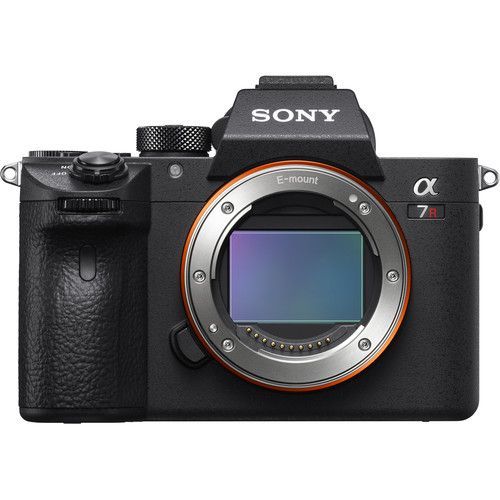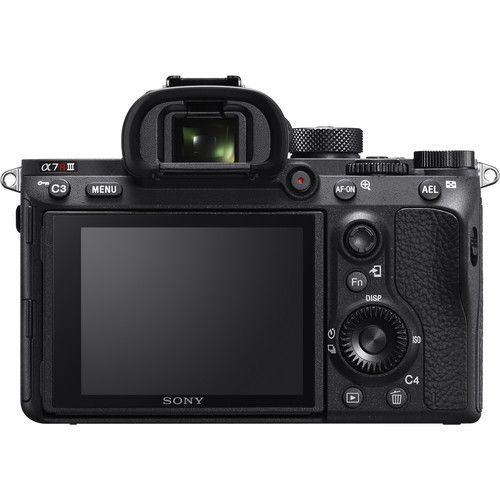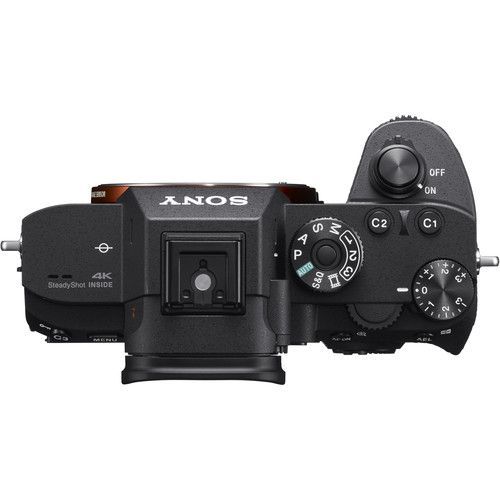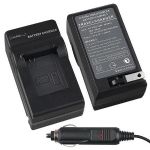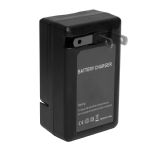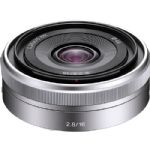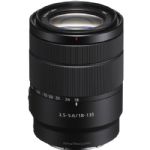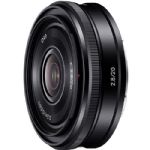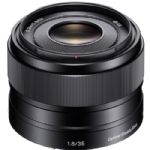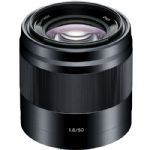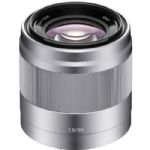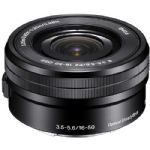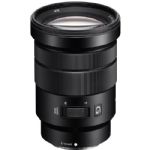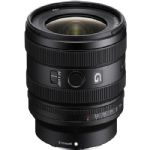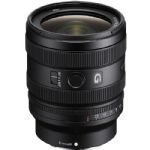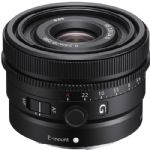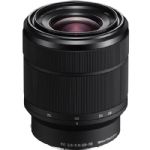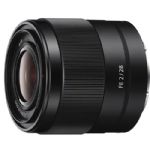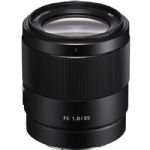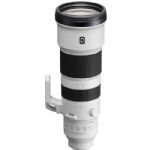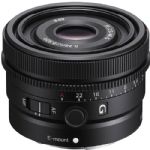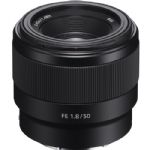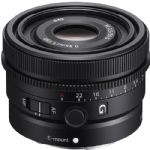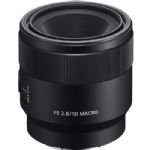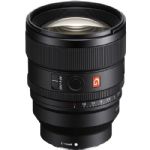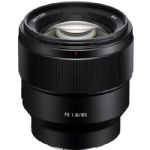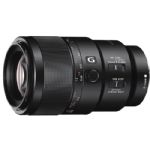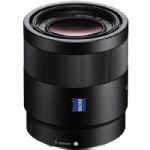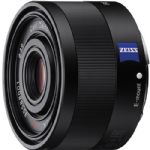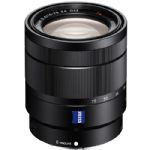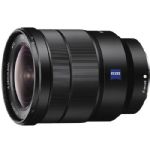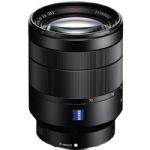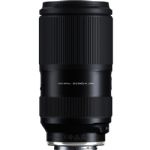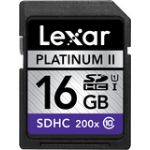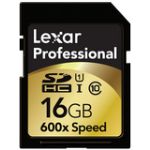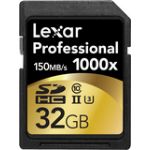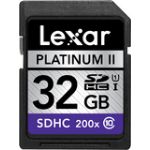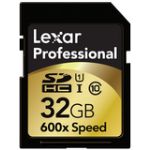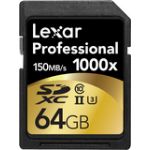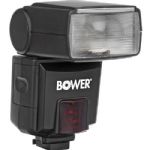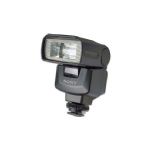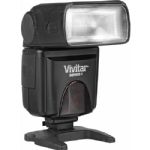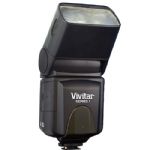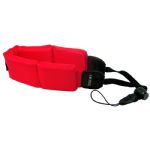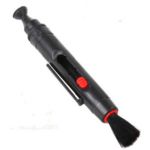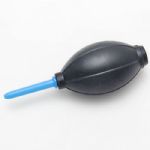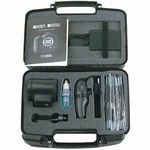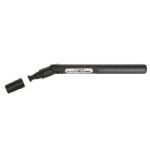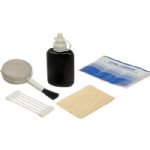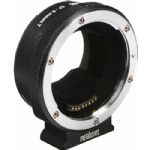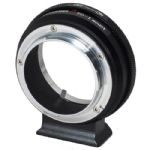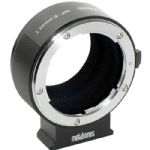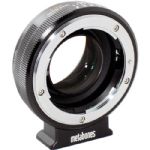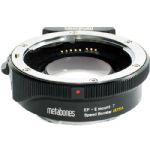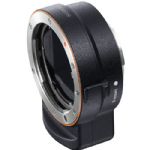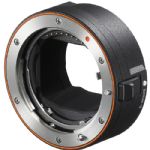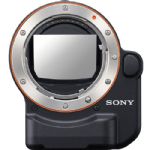The 42.4MP high-resolution, back-illuminated Exmor R CMOS image sensor utilizes a gapless on-chip lens design and AR (anti-reflective) coating on the surface of the sensor’s seal glass, which Sony says will dramatically improve light collection efficiency, resulting in high sensitivity with low-noise performance and wide dynamic range.
The α7R III also has a new front-end LSI that effectively doubles the readout speed of the image sensor, as well as an updated BIONZ X processing engine that boosts processing speed by approximately 1.8 times compared to the α7R II, according to Sony. These parts let you shoot at faster speeds while also enabling an ISO range of 100-32000 (expandable to ISO 50-102400 for still images) and impressive 15-stop dynamic range at low sensitivity settings.
There is no optical low pass filter to maximize resolution, and the camera can output 14-bit RAW format still images even when shooting in silent or continuous mode. A 5-axis optical image stabilization system is said to provide a 5.5 step shutter speed advantage, the world’s highest compensation performance for an image stabilization system. There is also a new low-vibration shutter that reduces vibration and image blur in all modes, including the high speed 10 fps shooting. Sony says the camera also has several advancements in accurate color reproductions of skin tones.
A new feature is Pixel Shift Multi Shooting mode, which takes full advantage of the advanced 5-axis optical in-body stabilization to create beautiful true-to-life, super-high resolution composite images. In this mode, the camera precisely shifts the sensor in 1-pixel increments to capture four separate pixel-shifted images containing a total of approximately 169.6 MP of image data. These four images can be composited together and processed utilizing the new “Imaging Edge” software suite. This results in a still image with extremely high resolution and increased color accuracy, and is ideal for photographing architecture, art or any other intricately-detailed still-life photography subject.
Highly Responsive AF and AE
Sports and action photographers will appreciate the camera’s ability to capture up to 76 consecutive full-sized RAW/JPEG images at 10 fps (28 uncompressed RAW images) in either mechanical or digital shutter mode. The camera can also shoot continuously at up to 8 fps in live view mode with minimal lag in the viewfinder or LCD screen.
The upgraded focusing system is comprised of 399 focal-plane phase-detection AF points that cover approximately 68% of the image area in both horizontal and vertical directions. There are also 425 contrast AF points, an increase of 400 points compared to the α7R II. This advanced system is claimed to deliver AF acquisition in about half the time as the α7R II in low-light conditions, with tracking that is approximately two times more accurate as well. If there is fluorescent or artificial lighting in a shooting environment, users can activate the anti-flicker function to allow the α7R III to automatically detect frequency of the lighting and time the shutter to minimize its effect on images being captured.
AF is available in Focus Magnifier mode, focal-plane phase-detection AF support when using A-mount lenses, an ‘AF On’ button, a multi-selector or ‘joystick’ for moving focusing points quickly, flexible touch focus functionality and much more.

